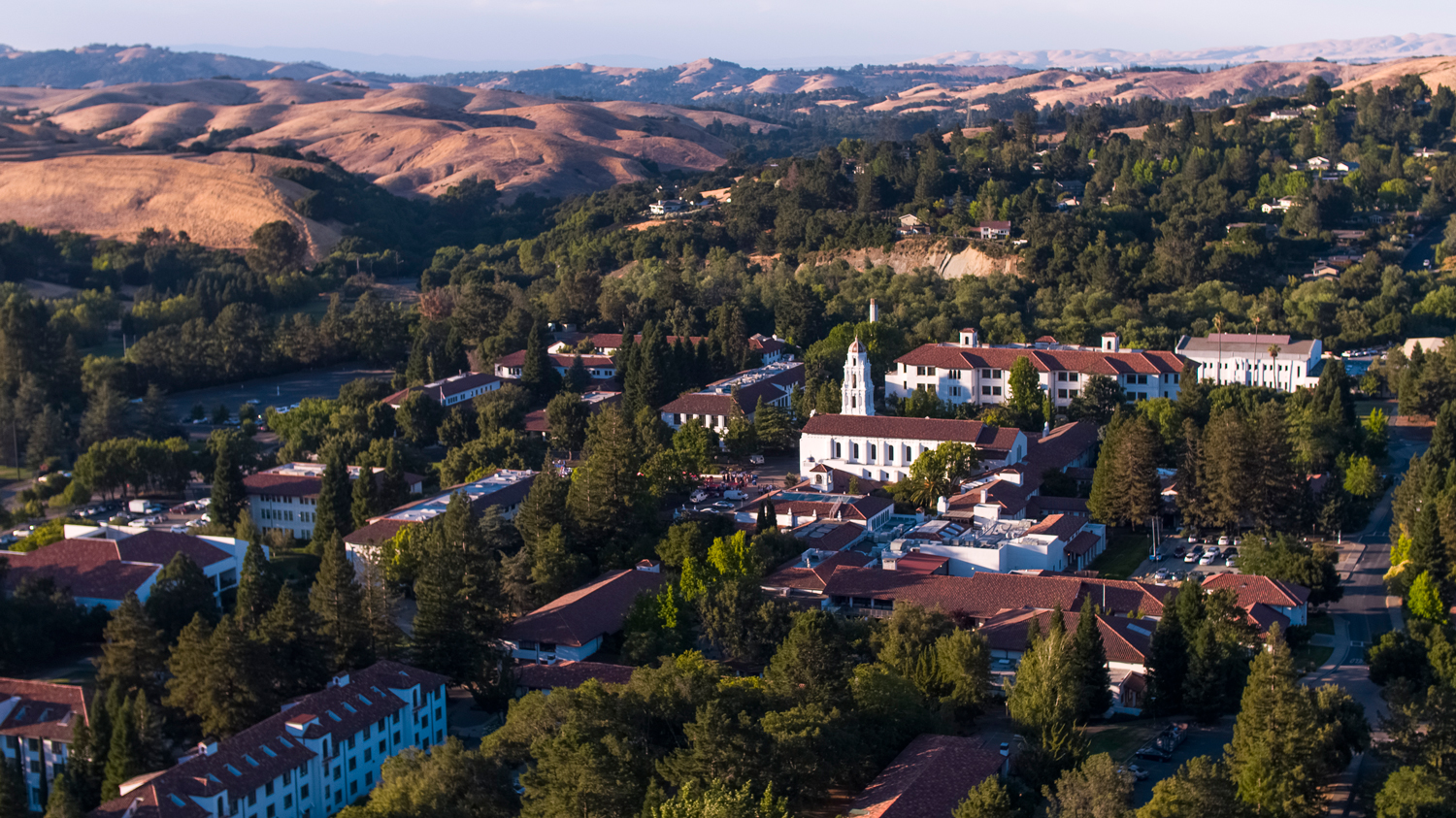
A Day for Remembrance
Not too many people remember their first birthday or even their toddler years. But sometimes, an anniversary of a significant event in your family’s history—or the nation’s history—can trigger a memory that flashes you back to an earlier time. Professor Ted Tsukahara, AFSC, who was born in 1941, says that an event marked on the calendar each February serves as a reminder of something that occurred when he was a little over a year old.
Tuesday, Feb. 19, 2019, marks the 77th anniversary of the day President Franklin Roosevelt issued Executive Order 9066, which authorized the military to remove any person deemed a threat to the U.S. from the nation's West Coast. The order came two months after Japan’s attack on Pearl Harbor, which drew the United States into World War II. Because of their race, all people of Japanese descent in the restricted zone were considered allies of America's enemy and were required to leave their homes and businesses. It didn’t matter if they were American citizens, with generations of family history in California. The executive action would lead to the forced relocation of 120,000 people of Japanese descent and their incarceration in 10 internment camps, including the family of Ted Tsukahara.
“The memorable event for me begins with the process of entering custody of the federal government on May 8, 1942, as number 18306 [the ID number on his War Relocation Authority ID card], and leaving Little Tokyo in Los Angeles for the Santa Anita Assembly Center and eventually to the Heart Mountain Relocation Center in Wyoming,” said Tsukahara.
The National Archives Database of relocated Japanese Americans at the Heart Mountain Relocation Center lists two individuals named Theodore Tsukahara. “I’m a junior,” said the 77-year-old, with a smile. Heart Mountain was one of 10 facilities that were used to detain 120,000 Japanese Americans. Between August 1942 and November 1945, the center that contained the Tsukahara family swelled to hold more than 10,000 people, making it Wyoming’s third-largest town at the time. He still has the ID card that was assigned to him as a child in the detention facility.
Tsukahara’s family was allowed to leave the camp in 1944, a year after his father enlisted in the U.S. Army. Ted senior volunteered and served in the 442nd Infantry Regimental Combat Team, an all-Japanese army regiment that went on to become the most highly decorated unit, for its size, in U.S. military history. Tsukahara noted that if a male enlisted, some of his family members could leave the camps. They could go east, north, or south: He was sent to Texas to live with relatives. “But you weren't allowed to come back to this restricted area of California.”
The SMC integral tutor does not want this ugly part of American history forgotten. He observed that because the College is based in the liberal bubble of the Bay Area, people, especially those who are young, often take concepts such as the acceptance of others and their ethnic differences for granted. “California likes to consider itself as a very progressive place. Do they recognize its long history of being less than that, going back to the 1880s with the Chinese Exclusion Act? And this move to put the Japanese in the camps of World War II was a direct extension of the Chinese Exclusion Act mentality.”
Later in the spring, Tsukahara plans to share more about his family’s experiences and those of his wife, Vikki, whose family was also detained in a camp. On Monday, April 1, 2019, from 3:30 to 5 p.m. in Hagerty Lounge, Tsukahara will talk about the internment of Japanese American citizens with History Professor Carl Guarneri, during the Informal Seminar Curriculum Series discussion “Executive Order 9066: Remembering a National Disgrace.” Mark your calendars.